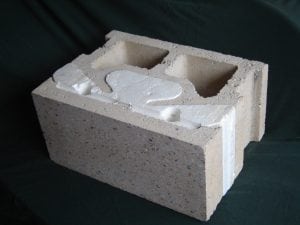
Agriculture
March 7, 2024
NRG Insulated Block
Read SolutionImplemented by
Francis Kennedy
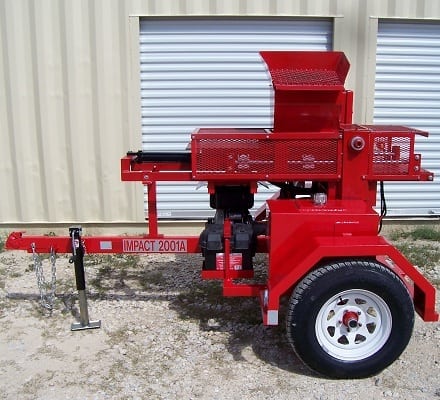
Updated on February 26, 2024
·Created on August 27, 2015
AECT Impact 2001A is a hydraulic compressed earth block machine that can produce 300 blocks per hour.
The AECT Impact 2001A Compressed Earth Block Machine is an automated machine that produces about 2,400 blocks per 8 hour day, powered by a 7 HP diesel engine.
Target SDGs
SDG 11: Sustainable Cities and Communities
SDG 1: No Poverty
Market Suggested Retail Price
$33.00
Target Users (Target Impact Group)
Household, Community, Small and Medium-sized Enterprises, NGOs
Distributors / Implementing Organizations
AECT with dealers in South Africa, Egypt, Saudi Arabia, and other nations
Competitive Landscape
Direct competitors include CalEarth SuperAdobe, Hydraform M9, and Terrabric 2B.
Regions
Worldwide
Countries
United States
Manufacturing/Building Method
AECT individually produces products as they are ordered.
Intellectural Property Type
Copyright
User Provision Model
The machines are distributed mainly through aid organizations or through dealers in South Africa, Egypt, Saudi Arabia, and other African countries. Interview with representative
Distributions to Date Status
71 units Interview with representative
System Dimensions
206 x 173 x 130 cm3
Portability (yes/no)
Yes
Raw materials used
Earth, clay, sand and cement
Recommended water content (ratio)
Unknown
Induced pressure (Mpa)
5.6 MPa
Power source
7.0 HP Yanmar diesel engine
Finished unit dimensions
30.5 x 15.0 x 5.0 – 11.5cm3
Rate of production (units/hour)
300 blocks/hour
Curation duration (days)
No earth block curing required
Suitable climate
Not suitable for cold climates unless necessary vapour barriers and insulation can be added. On their own ISSBs and CEBs do not hold up well to freeze/thaw cycles and have a low thermal insulation capacity
Design Specifications
The AECT Impact 2001A Compressed Earth Block Machine is a mobile unit, powered by a 7 HP 208cc OHV Power Horse Gasoline Engine (Yanmar) with 19.5 gallon capacity. Design specifications include:
• Unit Dimensions (L x W x H): 206 x 172.72 x 130 cm3, 15 cm road clearance.
• Weight: 743.89 kg
• Finished brick size (L x W x H): 30.5 x 15.0 x 5.0 - 11.5 cm3
• Finished brick weight: 4.1 - 8.1 kg
Technical Support
AECT requires 2 days of training in order to use the product. Failure to complete the training will result in a failure to validate the product warranty.
Replacement Components
According to the manufacturer, almost every part is replaceable. Interview with representative
Lifecycle
AECT has products manufactured in 1985 that are still in use. AECT representative states that if they are treated well, there is no reason for them to stop working. Most of the parts are replaceable, and the replaceable liners in the product prevent dirt from metal corrosion, the main reason for product deterioration. Since each user is required to be trained for the product, there is a 6-month warranty. No disposal information is available. Interview with representative
Manufacturer Specified Performance Parameters
Block production rate: Approximately 300 blocks per hour or 2400 per 8 hour day.
• Hopper capacity: 8 - 9 blocks
• Hydraulic system: 73.82 L capacity
Best Quality of block:
• Uniformity
• Strength
• Easy to Lay
• No variance in length and width
• Some moulds have adjustable thickness
Vetted Performance Status
Unknown
Safety
AECT requires 2 days of training in order to use the product effectively and safely. Failure to complete the training will result in a failure to validate the product warranty.
Complementary Technical Systems
Unknown
Academic Research and References
Graham, C.W. et.al., 2005, Movement Coefficients of Compressed Earth Masonry Units, 10th Canadian Masonry Symposium, Banff, Alberta, June 1 – 12, 2005.
Morony, J. J., 2005, Logged Data For Heat Wave- A Preliminary Report, Del Rio, Texas, May 31 – June 2, 2005.
Graham, C. W. et.al., 2005, Soil Block Home Construction, BTEC Sustainable Buildings III Conference, Santa Fe, New Mexico, October 17-18, 2005.
“Impact 2001 Series”, AECT Earthblock, accessed on February 26, 2024, https://aectearthblock.com/impact-2001a-series
New Mexico Government, 2021, New Mexico Earthen Building Materials Code, Title 14, Chapter 7, Part 4.
“Advanced Earthen Construction Technology, Inc.”, Better Business Bureau, accessed on February 26, 2024, https://www.bbb.org/us/tx/san-antonio/profile/construction-equipment/advanced-earthen-construction-technology-inc-0825-90008557/#sealclick
National Lime Association, 2006, Technical Brief: Mixture Design and Testing Procedures for Lime Stabilized Soil, National Lime Association, Arlington, VA
Compliance with regulations
AECT is a BBB accredited Business (A+) and follows 2009 New Mexico Earthen Building Materials Codes, Title 14, Chapter 7, Part 4.
Evaluation methods
Jar or sedimentation test: tests for suitability of soil for brick making.
pH Testing Procedure for Lime Stabilization
Fire tested by Firelab
Other Information
None

Agriculture
March 7, 2024
Implemented by
Francis Kennedy
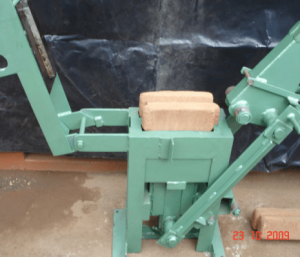
Agriculture
March 4, 2024
Implemented by
Makiga Engineering Services LTD

Agriculture
March 13, 2024
Implemented by
Watershed Materials
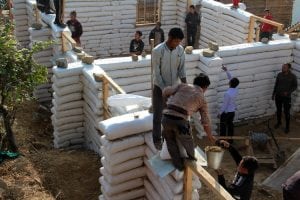
Agriculture
February 29, 2024

Agriculture
September 4, 2024
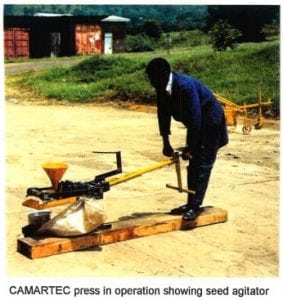
Agriculture
February 1, 2024
Implemented by
Centre for Agricultural Mechanization and Rural Technology (CAMARTEC)
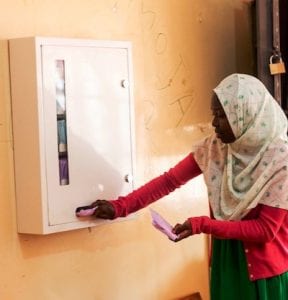
Agriculture
August 14, 2024
Implemented by
Esther Mwangi, EsVendo
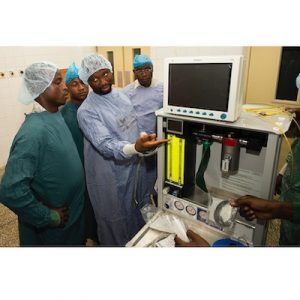
Agriculture
February 5, 2024
Implemented by
Gradian Health Systems
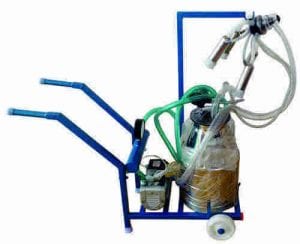
Agriculture
February 1, 2024
Implemented by
Lifeway Solar
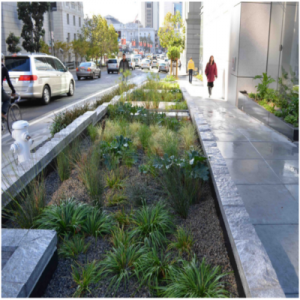
Agriculture
January 12, 2024
Implemented by
Living Machine Systems, L3C
Have thoughts on how we can improve?
Give Us Feedback